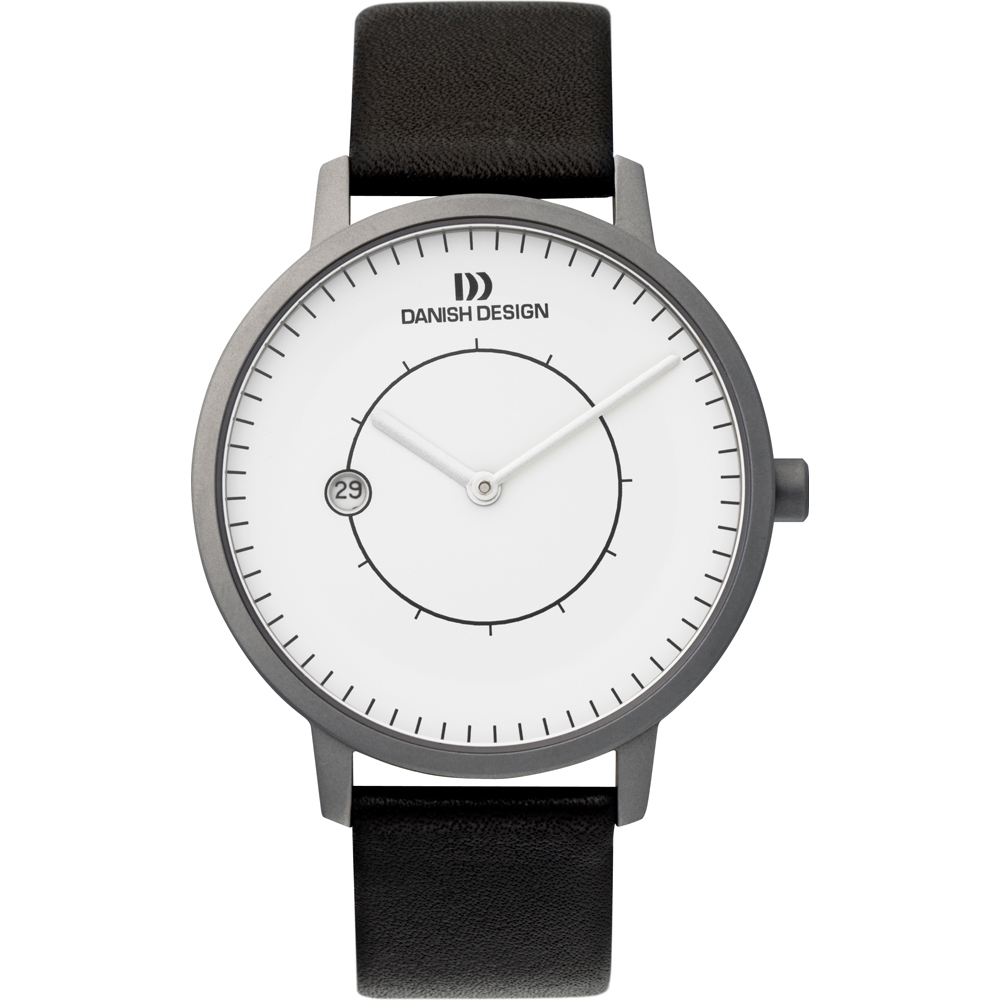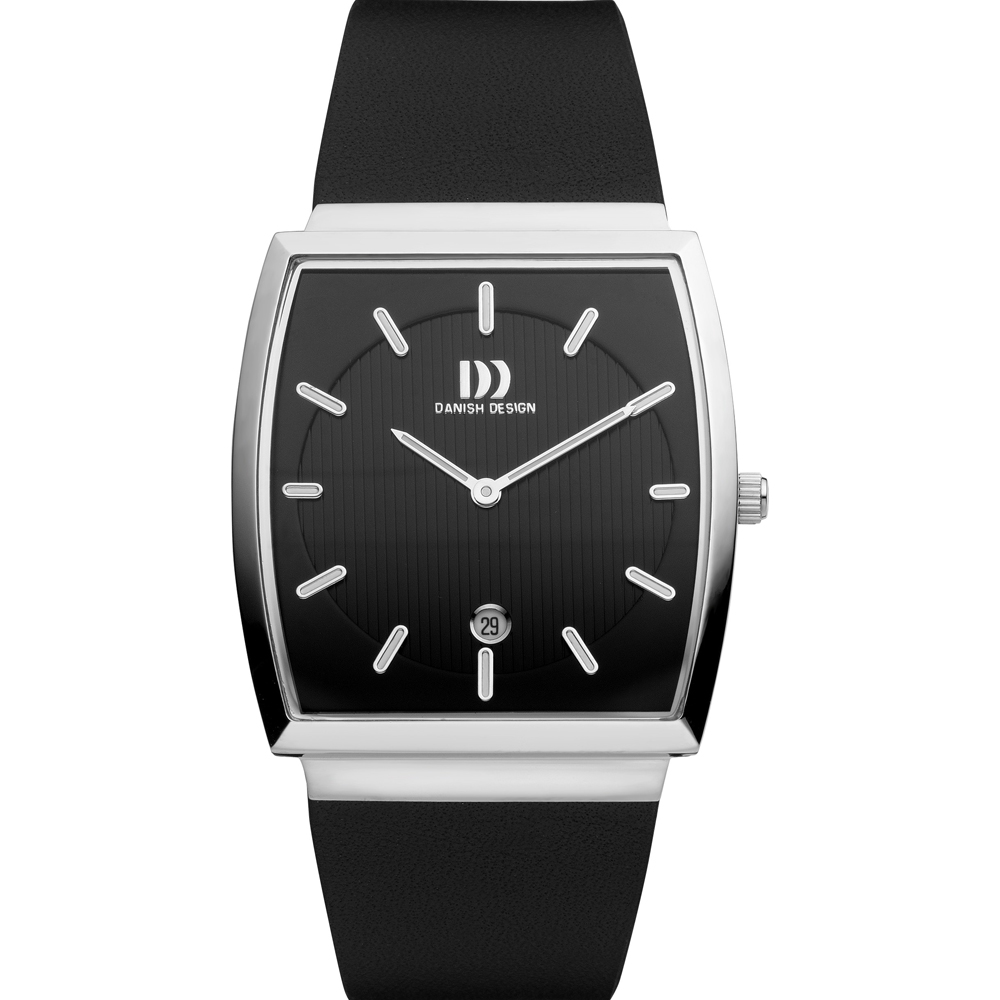Table Of Content

It embodies minimalism, functionality, textural variety, and a respect for natural light, reflecting a commitment to sustainability and timeless elegance. LEGO, beyond simply being a children’s toy, is highly esteemed in the applied and decorative arts for its versatility in functional design and aesthetic, replicating architectural masterpieces and creative displays. Anker Bak, born in 1983, reshapes design with unconventional background, craftsmanship, and societal empathy.
Barn-like house
Places like the Royal Danish Opera House and historic landmarks like Rosenborg Castle and Amalienborg showcase this diversity beautifully. Known for his reinterpretations of classic designs, Børge Mogensen’s body of work showcases practical forms and heirloom-level craftsmanship. Inspired by the antiquated Spanish throne chair, Mogensen opted to give the form a polished makeover with a squared-off base and cut-out leather seat. Innovation was also a keystone of Mogensen’s work, perhaps never more evident than with his drop-side sofa from 1945 (hello, first-generation daybed!). The museum has created a large, brand-new Danish Modern ‘theater’, a comprehensive scenography that places the various designers in Danish and international design history. We are presented with the designers’ personal belongings, thoughts, drawings, exhibition, and archive material.
Arne Jacobsen (1902 – Danish Architect and Furniture Designer
The brand moulded global design trends while maintaining its unique aesthetics and functionality. Danish architect and furniture designer Edvard Kindt-Larsen (1901–1982) collaborated frequently with his wife Tove Kindt-Larsen (1906–1994). The couple worked in the fields of architecture, furniture design, silverware design, and textiles from the 1930s to the 1960s, ranking among Denmark’s leading designers. Hans J. Wegner, a Danish furniture designer, contributed to the prominence of Danish design with his modernist style and traditional craftsmanship using wood. Founded in the 1940s, early Danish Modernists focused on pairing form with function. Inspired by German Bauhaus designers, Danish Modernists set out to create designs that was practical, aesthetically pleasing, simply designed and improved day-to-day life—talk about #goals!
Modern trends
It tells the story of how Danish furniture draws inspiration from historical types from other countries. In the 37-square-metre home, striking modern design pieces were used to create a lot of impact in a small space. These include Danish brand Skagerak's Georg stool, with its recognisable woolen cushion held in place by a leather strap.
It reflects a broader cultural emphasis on quality of life, where design plays a crucial role. From the airport’s decor to the city’s architecture, there’s a consistent theme of functional beauty. From the Papa Bear Chair to the Wishbone Chair, Hans Wegner used steam bending to contort wood in never-before-seen ways.
Mogens Koch (1898 – Danish Architect and Designer
Named after the Queen Margrethe II of Denmark, the bowl has become a real icon of functionalist Danish design and considering its popularity, well worth its royal name. Indeed, praise for its design is difficult to miss as the bowl has even been lauded as having reached the apex of functionalism and in turn, achieved the status of an icon of Danish design philosophy. Danish and Scandinavian design principles hold that functionality is a basic requirement for an object to achieve beauty, in this the Margrethe bowl succeeds magnificently.

From the layout of the space to the shape of a chair, this design style focuses on keeping things as pared back and comfortable as possible. However, this aim towards functionality in no way shortcuts comfort and a lived-in feeling. In fact, keeping things simple helps create the calm spaces Danish designs are famous for. The Bernadotte & Bjørn studio, established in 1950, was the first to specialise in industrial design, with an emphasis on office machines, domestic appliances and functional articles such as the thermos jug. The electronics manufacturer Bang & Olufsen, in collaboration with Bernadotte & Bjørn and later with Jacob Jensen and David Lewis, went on to excel in modern design work. Around the same time, the Stelton company collaborated with Arne Jacobsen and Erik Magnussen to produce their iconic vacuum jug, a huge international success.
David Lewis (1939 – British/Danish Industrial Designer
Happy Homes in Denmark: A Look into Scandinavian Design - UGA
Happy Homes in Denmark: A Look into Scandinavian Design.
Posted: Wed, 16 Aug 2023 07:00:00 GMT [source]
Danish design is known for its use of wood, streamlined shapes and simple silhouettes. In this lookbook, we round up ten interiors from all over the world that feature both new design and iconic furniture pieces from the Scandinavian country. The Danes were greatly influenced by Germany’s Bauhaus movement in the early part of the twentieth century. Rikke Frost blends traditional craftsmanship with modern design, showcased in her iconic Sideways Sofa.
Considered the first among Danish graphic designers, Bindesbøll is himself a talented architect that broke away from the conventions of his time. In 1904, he opted to design a completely new logo for the famous Danish beer company Carlsberg. Bindesbøll’s approach was new, as most logos at the time resembled handwriting, with any typefaces used being mostly imported from German printers. With his background in architecture, Bindesbøll was free to ignore the conventions of typography and focused on treating each individual letter in his design as a separate work of art. Bindesbøll managed to merge both print characters and the style of handwriting to create a consumer icon that has lasted – with only minor adjustments – for more than a hundred years of use all around the world.
Erik Magnussen was a renowned Danish silversmith and designer, known for his Art Deco and Cubist inspired designs. Between 1897 and 1900, Joachim made ceramics with George Jensen in a workshop outside Copenhagen. Between 1901 to 1933 worked for the Royal Copenhagen Porcelain Manufactory, where Arno Malinowski sometimes decorated his restrained neoclassical forms. He studied at Krebs’ School to 1928, St. Anne Vester School to 1932, and Niels Brock’s Business School, University of Copenhagen, to 1934. Between 1935—38, he studied furniture and interior design at Kunstandvaerkerskolen, Copenhagen.
White is often the dominating color, creating a clean, simple backdrop for everything else. Simple color themes are chosen, such as black and white, or gray and white. With The Danish Design DNA, we have mapped out the features that characterise the thousands of different ideas that are conceptualised, designed and produced with the help of Danish designers. The Lassen Chair was created by Flemming Lassen, Magnus Sangild, and Marianne Viktor in 2018 as a tribute to Flemming Lassen’s uncompromising dedication to detail, aesthetics, quality, and form.
Her rapid innovation and storytelling approach have earned her prestigious accolades. Torsten Thorup, a renowned designer, crafted the iconic Semi pendant lamp, symbolizing Scandinavian minimalism. Copenhagen’s culinary scene is a feast for the senses, blending traditional Danish fare with international flavours. The city’s restaurants, including the world-renowned Noma, showcase the same principles of good design – innovation, quality, and aesthetic appeal. Iconic pieces like Kay Bojesen’s toys and the PH-lamp are just the tip of the iceberg. The city’s architecture spans a range of styles, from medieval to modernist and contemporary.
No comments:
Post a Comment